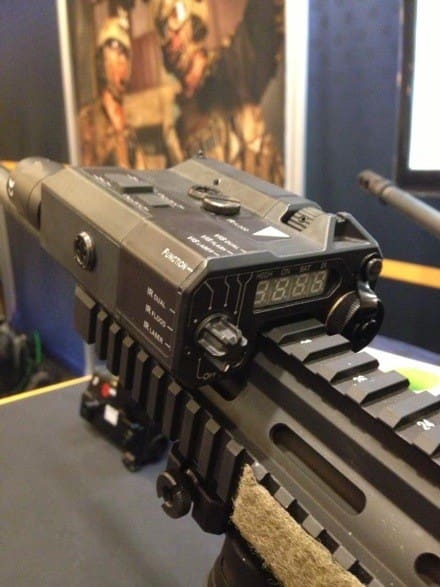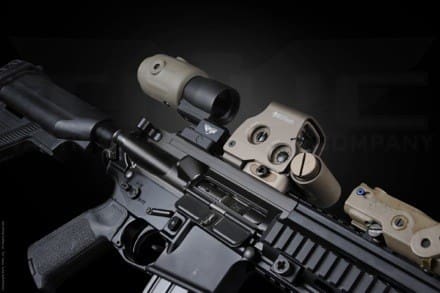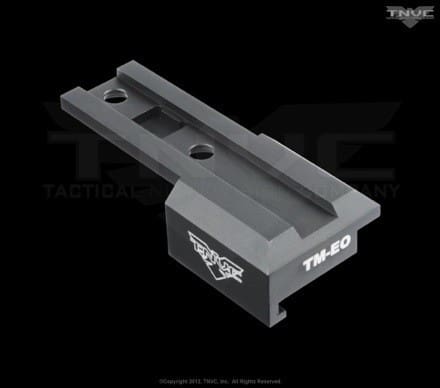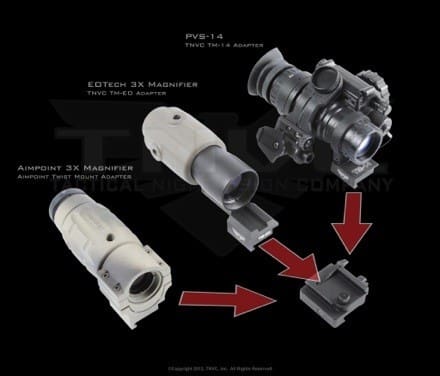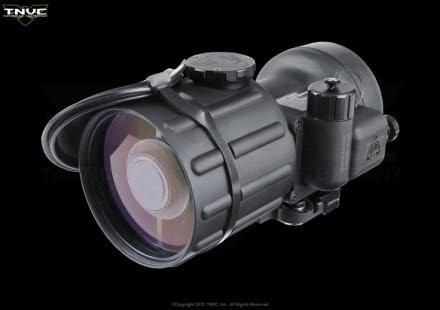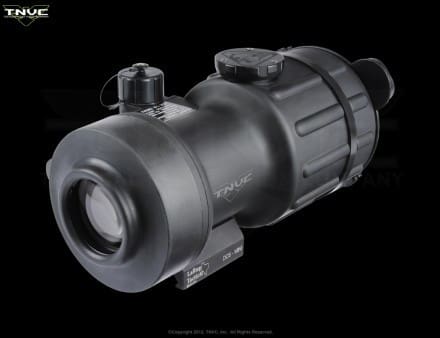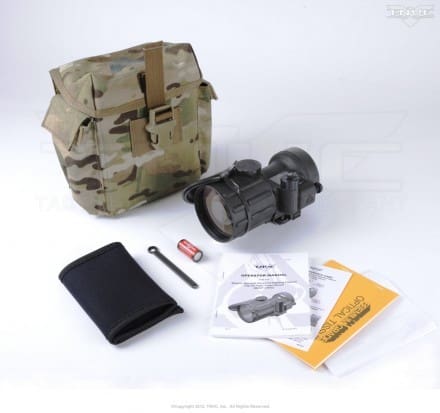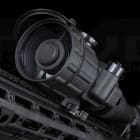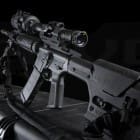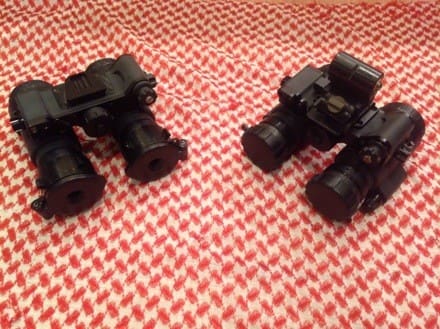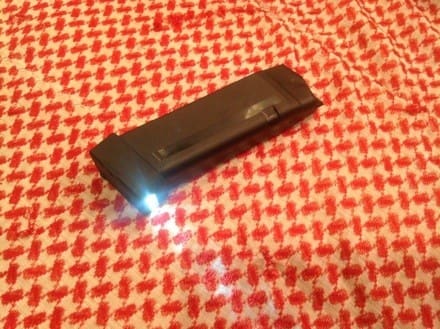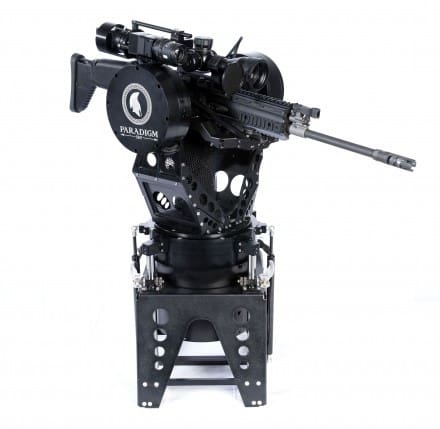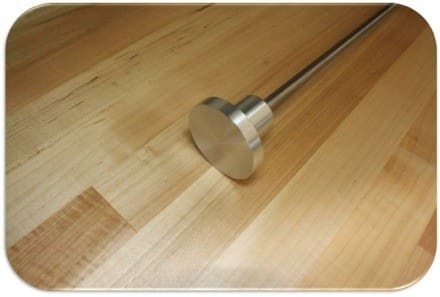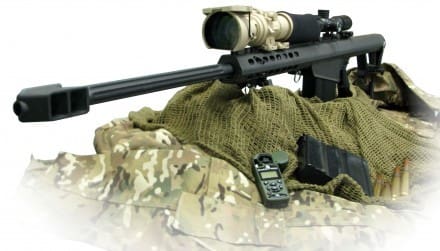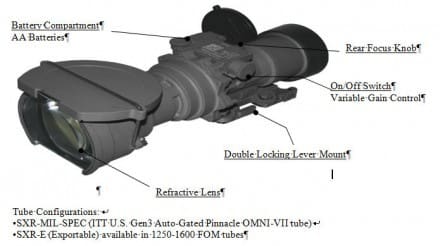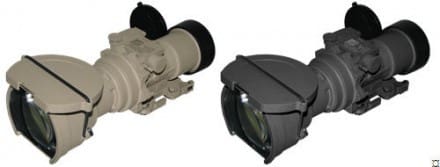Wilcox Industries has announced a sole distributorship in the United States of their Rapid Targeting and Ranging (RAPTAR) and RAPTAR Lite to the Potomac River Group (PRG) of Ashburn, VA. The agreement will cover all domestic and government sales of the RAPTAR product line.
This partnership enables Wilcox to focus on the manufacturing and production of the RAPTAR line while turning over the distribution efforts to PRG. Wilcox will continue to support PRG with marketing and technical support as requested.
“Wilcox recently launched the RAPTAR and RAPTAR-Lite at SHOT Show in January and have had a very positive response to the products already”, said Jim Teetzel, CEO of Wilcox, “PRG has shown that they have the capabilities to run with the current success and proceed productively with distribution efforts.”
“PRG is pleased to partner with Wilcox in the distribution of the RAPTAR and RAPTAR Lite”, said Frank Frysiek, CEO of PRG, “The RAPTAR will suit the needs of our Federal, state and local customers; while we expect the RAPTAR Lite will have applications for both law enforcement and sportsmen. Sales and dealer program details will be announced shortly.”
Wilcox’s RAPTAR is a lightweight, integrated technology system. RAPTAR harnesses and fuses an Infra Red (IR) Laser, a Visible Laser, IR Flood and a Laser Range Finder (LRF) all within a single, compact, ruggedized all-weather package. The RAPTAR Lite is a separate system that includes a red visible aiming laser, an infrared aiming laser, a variable focus infrared illuminator, and a 60 lumen SureFire flashlight that can be upgraded to a 120 lumen head to provide unsurpassed target illumination.
For ordering and pricing information on the RAPTAR and RAPTAR Lite please contact PRG at 703-771-3003.


